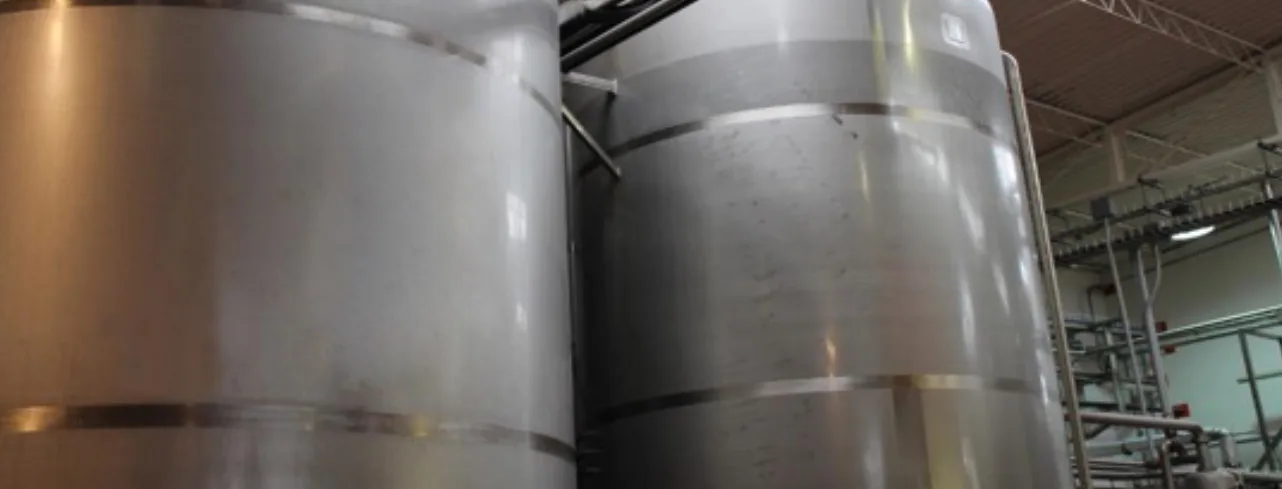Fungus carotene
The fundamentals
Produces shades:
Latin name: Blakeslea trispora
Pigment: Beta-carotene
E-number: E-160a (iii)
3 facts about fungus carotene
How fungus carotene is grown
Fungus carotene is obtained by a fermentation process using two natural strains of Blakeslea trispora, a plus and a minus.
The production cycle is about a week, and the fermentation takes place in large, stainless-steel vats. After it is extracted, the beta-carotene is crystallized.
Fungus carrot harvest calendar and growing areas
Fungus carotene production is not dependent on season or geography.
What you should know about beta-carotene from fungus carotene
Oterra's stable, industry-leading formulations allow you to benefit from all of the advantages of fungus carotene as a natural food color while minimizing any intrinsic challenges associated with this product.
Beta-carotene is naturally oil soluble.
It can be emulsified to become water dispersible.
Natural Strengths
Good heat stability
Unaffected by pH
Produces various shades depending on formulation and dosage
Natural Challenges
Cloudy in some formulations
Requires ascorbic acid (vitamin C) in high-water activity applications

